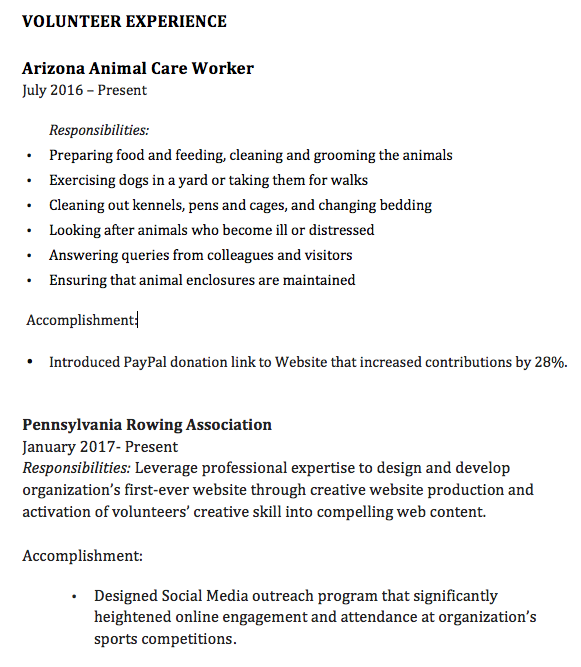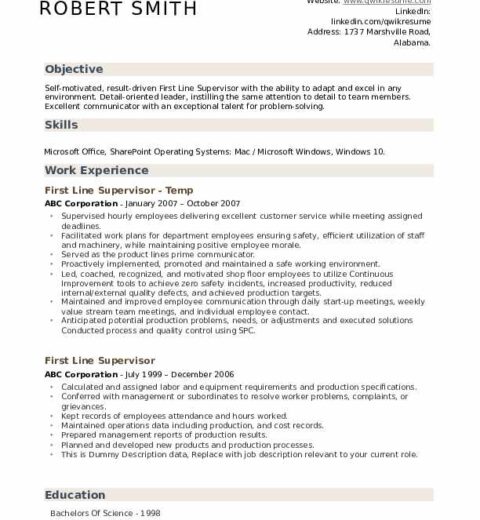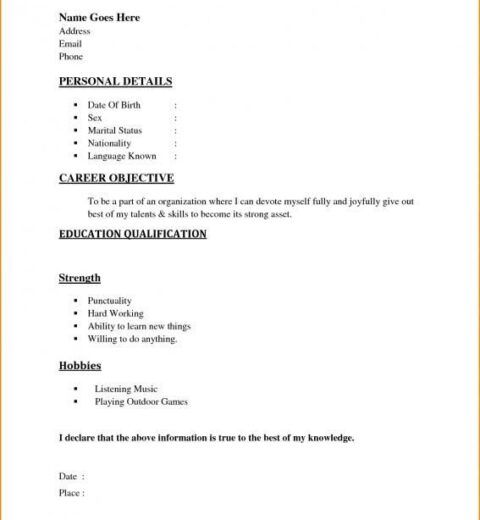When crafting a persuasive resume, one aspect that often garners attention is the inclusion of volunteer work. While most candidates emphasize their professional experience, volunteer endeavors can provide substantial depth and showcase a diverse skill set. This article delves into the nuances of integrating volunteer work into your resume, providing comprehensive guidance to enhance your candidacy.
First and foremost, it is imperative to understand why volunteer work matters. Employers are increasingly valuing candidates who exhibit social responsibility and community involvement. In an era where corporate social responsibility takes center stage, showcasing volunteerism demonstrates not only your altruistic values but also your commitment to personal growth and development. For instance, if you led a local food bank initiative, it indicates leadership abilities and a proclivity for teamwork, both prized traits in any professional setting.
To effectively include volunteer work on your resume, begin by distilling your experiences into impactful entries. List your volunteer positions in reverse chronological order, akin to your professional experience section. This structure allows prospective employers to easily discern your most recent and relevant experiences. When detailing each volunteer role, consider the following elements:
- Title of Role: Clearly denote your position. For example, “Volunteer Coordinator” or “Event Organizer.” This gives immediate visibility to your responsibility level.
- Organization: Specify the name of the non-profit or community organization where you committed your time. This can lend credibility to your experience.
- Dates of Involvement: Include the duration of your service, whether it be months or years. This timeframe provides context for your level of engagement.
- Responsibilities and Achievements: Articulate what you accomplished during your tenure. Use action verbs like “coordinated,” “executed,” or “developed” to create an immediate impact. Cognizant of quantitative metrics, whenever possible, to illustrate your contributions. For instance, “Coordinated a fundraising event that raised $5,000 for local shelters.”
Incorporating these elements will create a robust narrative around your volunteer experience, elevating its relevance in the eyes of potential employers.
Another critical consideration is the alignment of your volunteer activities with the job you are applying for. Tailoring your resume to fit the specific role is a ubiquitous strategy in job applications. If you’re seeking a marketing position, emphasize volunteer roles where you utilized marketing strategies or communicated with diverse audiences. Conversely, if you are targeting a project management role, highlight your experiences that involved overseeing projects or managing teams. This tailored approach displays your strategic foresight and critical thinking, suggesting a well-rounded candidate who can adapt to various environments.
Moreover, to create an engaging resume, refrain from a generalized list of duties. Cultivate your narrative by highlighting specific challenges you faced in your volunteer work and how you overcame them. Did you navigate budget constraints while organizing an event? Did you spearhead a campaign amidst community resistance? These anecdotes not only add color to your resume but also provide substantial evidence of your problem-solving capabilities and resilience.
In addition to effectively structuring your resume, consider the placement of your volunteer work section. For individuals early in their careers or those with limited professional experience, listing volunteer work prominently can compensate for a shorter employment history. If your volunteer engagements are more substantial than your work history, position them near the top of your resume under a distinct section. Conversely, seasoned professionals may include volunteer work further down their resumes in a separate section labeled “Volunteer Experience.” This distinction helps in maintaining focus on core competencies while still highlighting valuable volunteer experiences.
As digital job applications become ubiquitous, formatting your volunteer work digitally is equally important. Use bullet points for clarity, ensuring concise yet informative entries. Incorporate relevant keywords reflecting the skills and experiences that align with the job description. Many employers utilize applicant tracking systems (ATS) to sift through resumes, making strategic keyword usage both necessary and advantageous.
Networking also plays an essential role in maximizing the impact of your volunteer work on your resume. Leveraging connections from your volunteer roles can lead to valuable referrals. When you have established relationships within the organization, consider reaching out for references or recommendations. These endorsements can significantly enrich your application by providing third-party validation of your skills and contributions.
Finally, the journey does not end with simply listing volunteer work on your resume. Engage in discussions about your experiences during interviews. Bring your volunteer anecdotes to life, illustrating how these experiences have shaped your professional outlook. Prepare to articulate not only what you did but also the life lessons learned and the interpersonal skills gained. Employers appreciate candidates who can reflect on their experiences and relate them to the greater professional narrative.
In conclusion, incorporating volunteer work into your resume can yield significant impact—demonstrating your multifaceted skill set, values, and professional adaptability. By strategically detailing your experiences, aligning them with job objectives, and presenting them in a clean format, you create an engaging profile that captures the attention of prospective employers. Make your volunteer work not just an addition to your resume, but a compelling narrative of your commitment to both community and personal growth.




